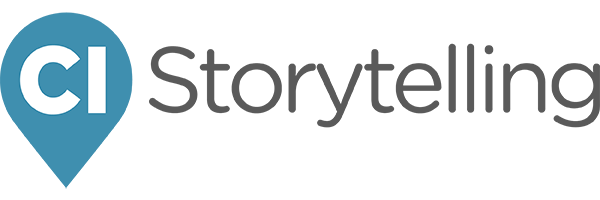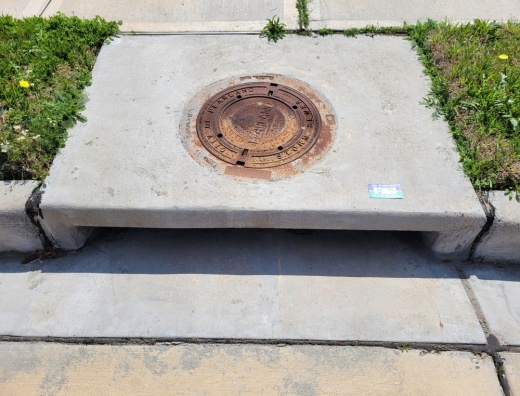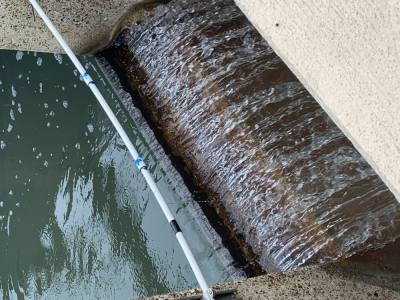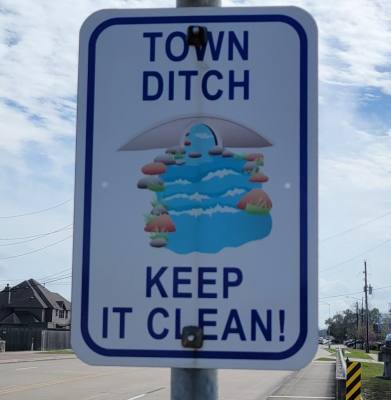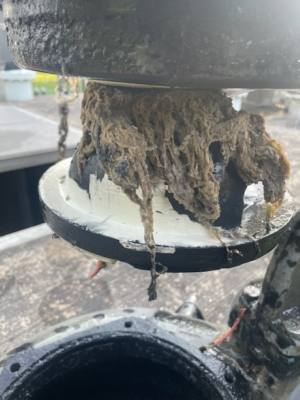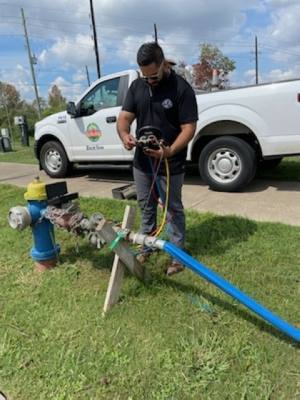Environmental Services Superintendent Laurie Rodriguez said most residents do not know how to partner with the city on water conservation efforts. Here are five actionable ways Pearland residents can help protect their water resources.
1. Ensure backflow devices are working properly
Rodriguez said residents with pools and irrigation systems need to pay attention to their backflow devices, which protect drinking water from contamination. She said even a small crack in the device can have a big impact.
“Most residents don't realize [the backflow devices] need to be tested annually, because they do break, and they do have problems,” Rodriguez said. “If for any reason something happens, where that backflow is not properly functioning... You can get unwanted chemicals coming into your home drinking water.”
2. Don’t pour fats, oils and grease into the sink
Pearland residents can help prevent sewer overflows by maintaining clean drainage systems and avoiding activities that contribute to pollution, such as pouring fats, oils and grease chemicals or grease down toilet and sink drains.
“Nationwide, FOG—fats, oil and grease—are the leading cause of sanitary sewer overflows,” Rodriguez said.
Even if residents have their hot water running, the grease will eventually cool and can cause a blockage. This can cause sewer water to back up onto streets or into homes.
“Nobody wants to deal with the sewer overflowing on their street,” Rodriguez said. “That water is not treated. It's dirty. It has very high levels of bacteria in there, which is unsafe, and we don't want it going into the environment.”
3. Understand storm drains connect to the city’s creeks
Pearland residents can ensure clean waterways for the community and future Pearland residents by refraining from littering and following guidelines for pet waste management. Litter, pet waste and other contaminants in a storm drain contribute to water pollution and increase bacteria levels in the city’s creeks.
This can harm wildlife and interferes with the city’s efforts to make Pearland a beautiful place for everyone.
“Anything that goes down a storm drain is going to go directly to a creek,” Rodriguez said. “It does not go to a treatment plant to get treated and cleaned.”
4. Follow city pool guidelines
Stormwater Coordinator Sasha Buchheit said her department distributes pamphlets to residents building a pool to ensure they follow city regulations.
“We have a pamphlet for swimming pools to make sure [residents] don't have the chlorinated water drain to our inlets and storm sewer, because they drain to the area creeks,” Buchheit said. “Their swimming pool needs to be connected to the sanitary line rather than flowing into a storm drain where it goes into natural habitats.”
If the pool is connected to a storm drain, residents should ensure the water is dechlorinated or call Environmental Services for direction on draining the pool.
5. Practice responsible water usage
Residents should fix leaks promptly to reduce water waste. Have a water leak in your home? Use this online form to alert the city.
Pearland residents can play their part by adopting mindful water usage practices, such as reducing outdoor watering and employing water-saving techniques within their homes. By minimizing water waste, residents contribute to the sustainability of Pearland's water supply.
To discover more resources for residents, visit the city’s website.
The above story was produced by Multi-platform Journalist Mary Katherine Shapiro with Community Impact’s Storytelling team with information solely provided by the local business as part of their “sponsored content” purchase through our advertising team.


